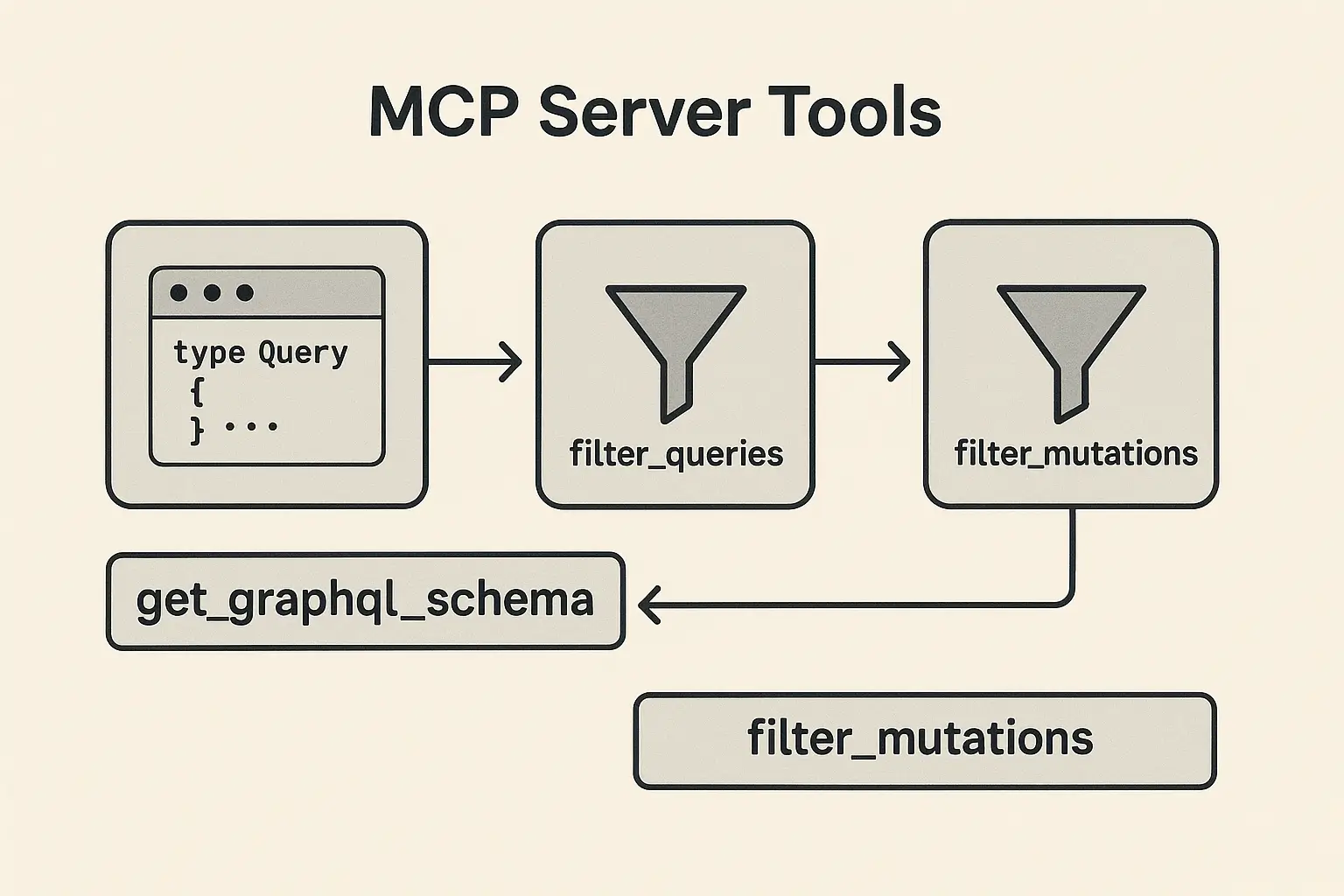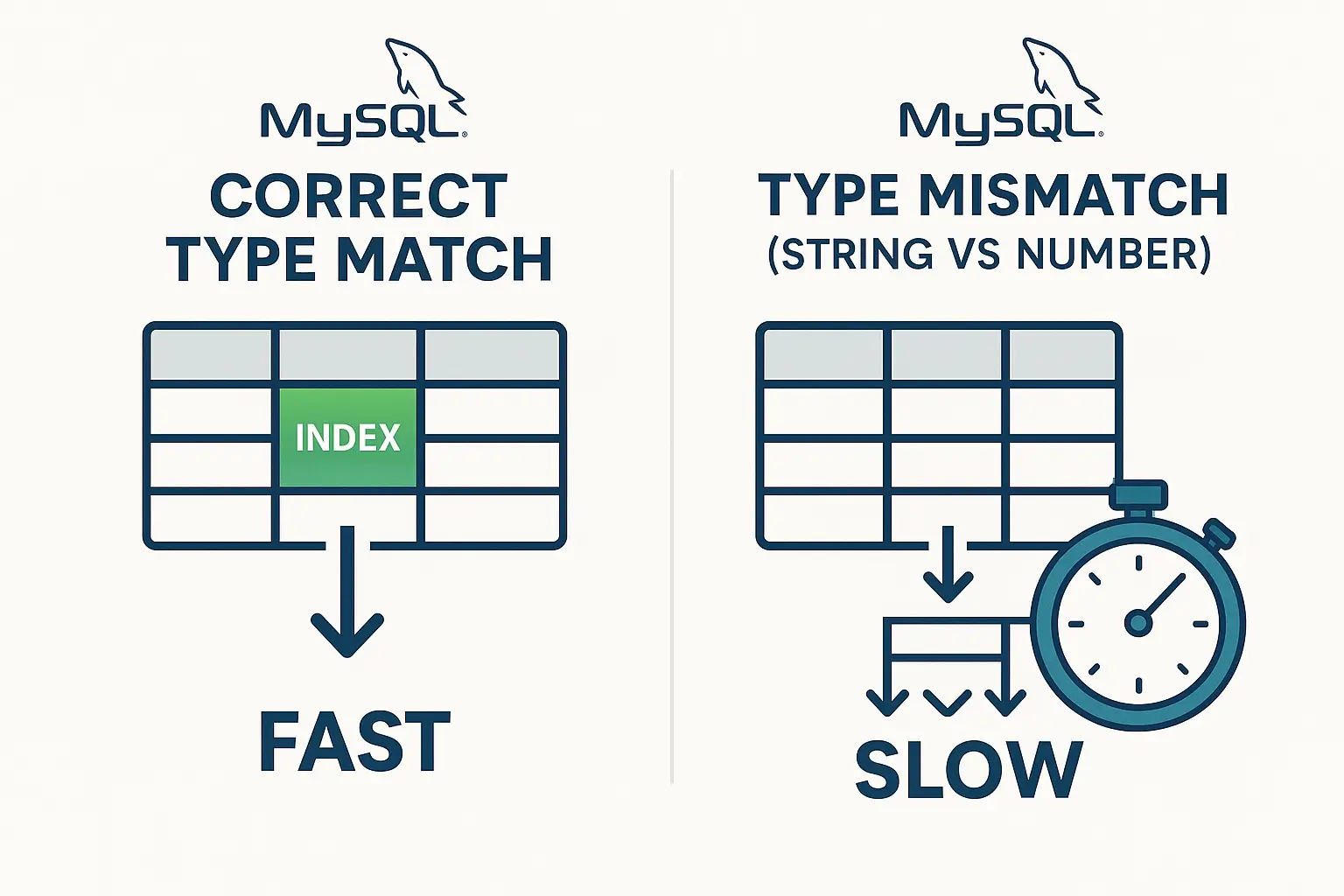The Strangler Pattern: A Smart Approach to Migrate your Legacy System
Legacy systems are the backbone of many businesses, but as technology advances, these systems can become outdated, expensive to maintain, and difficult to scale. The challenge of replacing or modernizing these systems without disrupting business operations is daunting. This is where the Strangler Pattern comes in—a design strategy that allows for the gradual transformation of a legacy system, minimizing risk and ensuring business continuity.
In this blog, we’ll explore what the Strangler Pattern is, how it works, and why it’s a game-changer for businesses looking to modernize their tech stack without the chaos of a complete system rewrite.
What is the Strangler Pattern?
The Strangler Pattern is a software design pattern used to gradually replace parts of a legacy system with new functionality, rather than doing a complete overhaul all at once. The term was inspired by the strangler fig, a plant that grows around a host tree, eventually overtaking it. Similarly, in the Strangler Pattern, new components are developed alongside the legacy system and eventually replace it piece by piece.
The beauty of this pattern is that it allows developers to modernize a system incrementally, reducing the risk associated with large-scale system replacements and allowing for ongoing business operations during the transformation.
How the Strangler Pattern Works
The Strangler Pattern is built on a simple yet powerful concept: replace parts of a legacy system with new functionality gradually, while continuing to run both systems in parallel until the new system can fully take over. Here’s a step-by-step breakdown of how it works:

- Identify Target Components
The first step in applying the Strangler Pattern is to identify which parts of the legacy system are most in need of modernization. These could be bottlenecks, outdated features, or components that can no longer scale effectively. Rather than tackling the entire system, focus on one component or module at a time. - Develop New Components
After identifying the target components, you start developing the new versions of those features. The new functionality is built using modern technologies or best practices, while the old system continues to handle its usual tasks. These new components should run alongside the legacy system without disrupting the current workflow. - Integrate and Redirect Traffic
Once the new functionality is built and thoroughly tested, users or system calls that previously went to the legacy system are now directed to the new component. Over time, more of the system’s traffic is diverted to the modernized parts as you replace more components. - Phase Out the Legacy System
As more and more components are replaced by modern equivalents, the reliance on the legacy system diminishes. Eventually, when all key parts of the system have been modernized, the old system can be retired or phased out completely.
This incremental process ensures that the migration is smooth, minimizes downtime, and allows for a flexible approach to modernization.
Key Benefits of the Strangler Pattern
The Strangler Pattern has emerged as one of the most effective strategies for legacy system migration. Here are some of the key benefits:

- Risk Mitigation
Rewriting an entire legacy system from scratch can be risky. It might introduce bugs, result in unforeseen complications, or require more time than initially expected. The Strangler Pattern reduces this risk by allowing for gradual changes and minimizing the impact on the overall system if something goes wrong with a new component. - Business Continuity
One of the biggest advantages of this pattern is that it enables continuous operation. Because the legacy system continues to function while new components are introduced, there’s no need to halt operations during the transition. This ensures business continuity, which is critical for enterprises with high transaction volumes or sensitive services. - Incremental Wins
Modernizing a system piece by piece means that you can quickly deliver improvements to users and stakeholders. By focusing on smaller components, teams can see faster results, achieve quick wins, and demonstrate value, which builds momentum and confidence in the modernization effort. - Easier Testing and Debugging
Working on isolated components simplifies testing and debugging. Each new module or service can be thoroughly tested on its own before being integrated into the larger system. This leads to fewer bugs and reduces the complexity of troubleshooting compared to rewriting an entire system. - Scalability and Flexibility
Modernizing using the Strangler Pattern allows for greater flexibility in choosing technologies. Different components can be built using the best tools and practices available, making the system more scalable and adaptable to future changes.
When to Use the Strangler Pattern
The Strangler Pattern is not a one-size-fits-all solution, but it’s ideal in certain situations:
- Legacy systems that are too critical to replace in one go: If a legacy system is mission-critical and can’t afford to go offline during the transition, the Strangler Pattern is a safe option.
- High complexity systems: For systems that are too complex to be fully understood or rewritten from scratch, incremental changes are more manageable.
- Low-risk environments: When minimizing business disruption and reducing risk are top priorities, this pattern ensures smooth transitions without sacrificing operational stability.
- Tech stack modernization: If you want to introduce new technologies or architectures (like microservices) into a legacy monolithic system, the Strangler Pattern allows you to slowly phase in these changes.
Example: The Strangler Pattern in Action
Let’s say you run an e-commerce platform with an aging system that handles everything from product listings to order processing. The system is struggling to keep up with new feature requests and the growing number of users. Rewriting the entire platform from scratch would take months or even years, and you can’t afford the downtime or risk.
Using the Strangler Pattern, you identify that the product catalog is a critical area that needs improvement. You develop a new microservice for the catalog that is faster and more scalable than the legacy component. Once the new service is ready, you start routing catalog-related requests to the new system while keeping the legacy system intact for other functionalities, such as checkout and payment processing.
As time goes on, you continue to modernize other components of the platform—like the checkout process, payment systems, and user accounts—until the entire platform runs on the new, modernized infrastructure. The legacy system can then be completely retired, without ever disrupting the customer experience.
Challenges of the Strangler Pattern
While the Strangler Pattern offers many benefits, it’s not without challenges:

- Managing Complexity
Running both the legacy system and the new components in parallel can introduce complexity in terms of integration, data consistency, and maintaining the interface between the two systems. This needs to be managed carefully. - Technical Debt
If parts of the legacy system are left untouched for too long, they may accumulate technical debt, making future modernization efforts more difficult. It’s important to have a clear roadmap for when each part of the system will be replaced. - Time and Resources
While the Strangler Pattern reduces risk, it can require significant time and resources to maintain and run two systems simultaneously. Companies need to be committed to seeing the migration through to completion.
Conclusion
The Strangler Pattern offers a smart, low-risk approach to modernizing legacy systems. By replacing functionality incrementally, it allows businesses to continuously operate while modernizing their technology stack, reducing risk, and delivering improvements along the way. Whether you’re dealing with outdated software or looking to embrace new technologies, the Strangler Pattern can be a powerful tool in your software architecture toolkit.
For any organization looking to transition smoothly without downtime, disruptions, or major risks, this pattern provides a proven strategy for effective, scalable modernization.
This blog provides a detailed explanation of the Strangler Pattern and its role in facilitating a smooth, incremental migration from legacy systems to modern ones.





